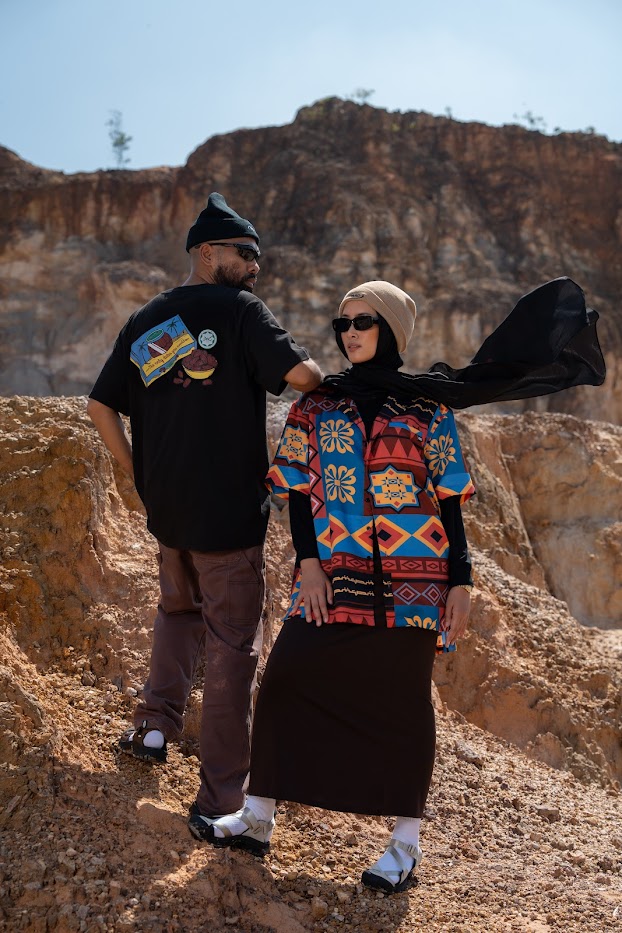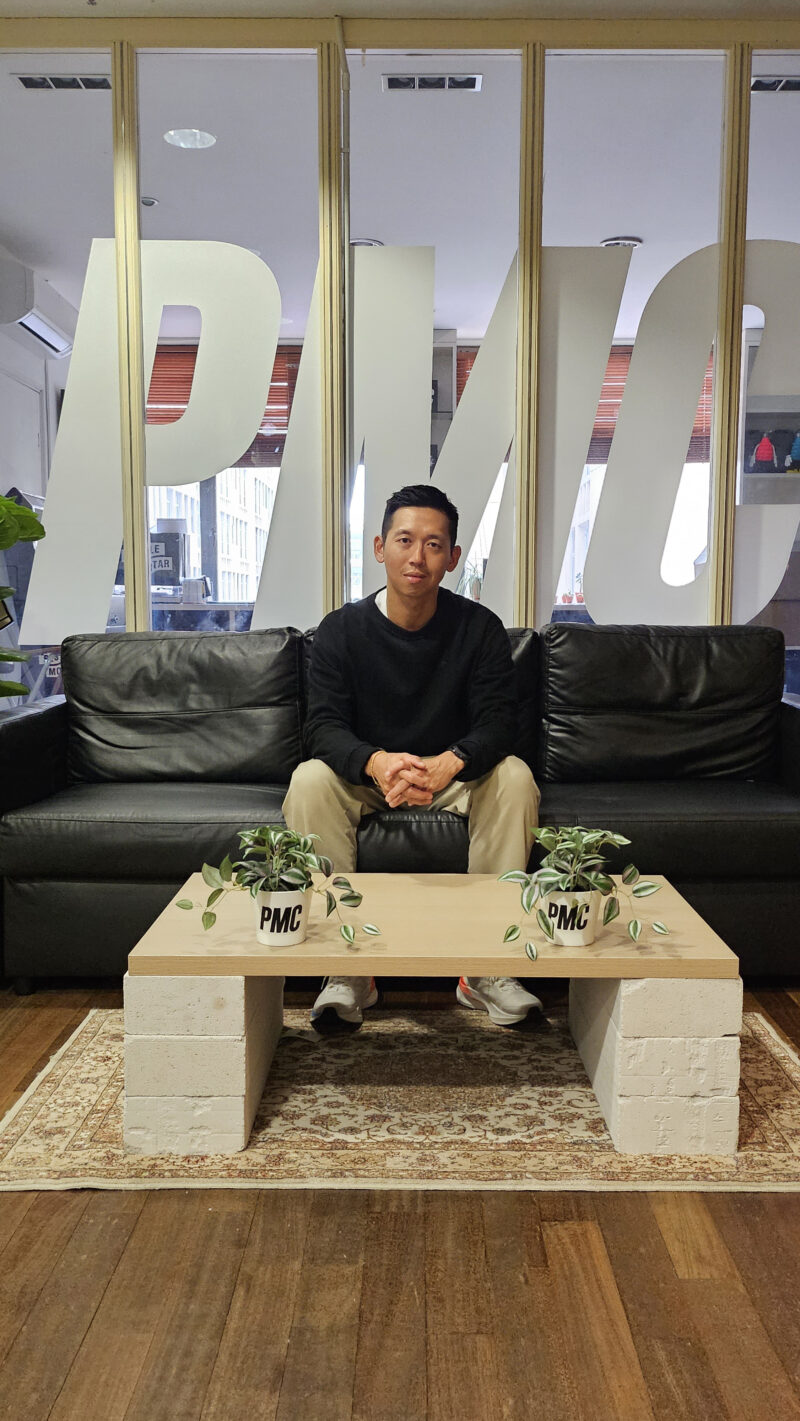Established in 2010 by a passionate group hailing from various career and cultural backgrounds in South East Asia, each member brings a unique perspective. Over time, the organization has evolved into a representation of its founders and their diverse origins. The name is inspired by the Asian culinary tool: Pestle and Mortar, symbolizing a deep connection to Asian culture, particularly that of South East Asia. This cultural affinity is evident in their graphic designs, which incorporate elements from traditional Malaysian and Indonesian cultures, highlighting subtle distinctions that make the brand stand out. Join Hugh as we delve into the realms of South East Asian culture, fashion, and trends in this edition of ASIAN VOICE.
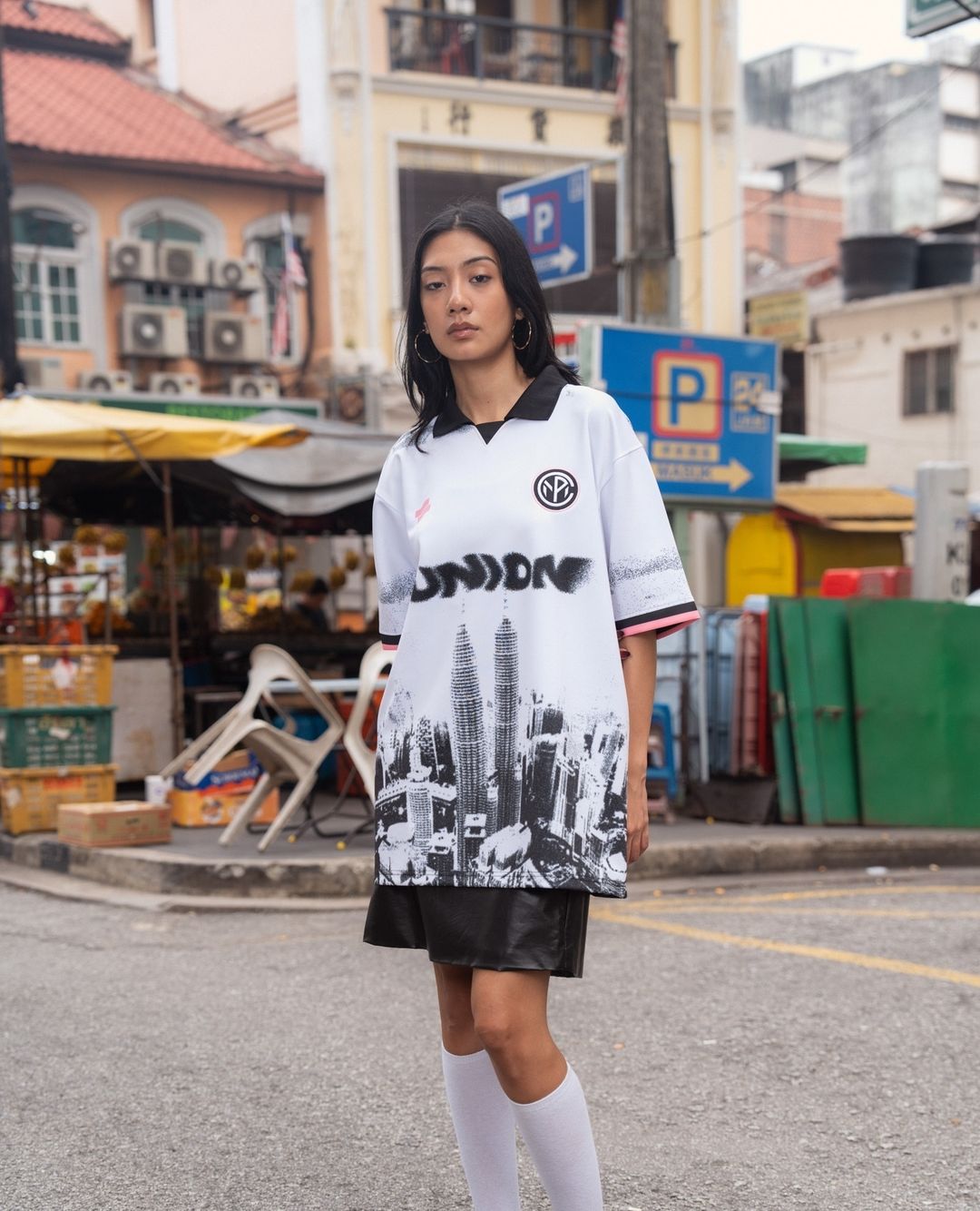
What inspired to create your own brand and named it Pestle & Mortar Clothing (PMC) initially?
Hugh: Growing up, now approaching 40, my teenage years were marked by a profound connection to streetwear brands, particularly those in the skateboarding scene, as we were avid skaters. While we enthusiastically consumed American brands, we realized that despite some relatability, they didn’t entirely resonate with us.
Living in Malaysia, our access to these brands was limited, restricted to occasions when we traveled overseas. Faced with this scarcity, the idea of creating our own brand took root. We envisioned a brand that not only spoke to us but also resonated with others who shared our perspective.
During high school, around the ages of 15 or 16, the concept took shape. However, lacking both funds and knowledge, the idea simmered in the background. Fast forward a decade, with some savings from completing university, I approached two like-minded individuals. Surprisingly, they were contemplating the same venture, and PMC began as a passion project.
The name itself, ‘Pestle & Mortar’ emerged from a brainstorming session over drinks. ‘Mortar’ came up, and someone added ‘pestle’ to create a unique moniker. The choice of ‘Mortar and pestles’ held significance as all three founders were Asian, and the term reflects a common household item in Asia. This traditional tool, used for grinding and blending ingredients, symbolized our diverse backgrounds coming together.
Moreover, the metaphor extended to the brand’s essence. Just as ingredients are combined in a pestle and mortar, our varied experiences and skills — one in architecture, another in photography, and the third in radio and mass communication — amalgamated to form the brand.
Since then, PMC has become a representation of our shared identity, rooted in Asian culture and shaped by our individual stories. The brand embodies the fusion of our diverse backgrounds, creating a unique and resonant expression in the world of fashion.
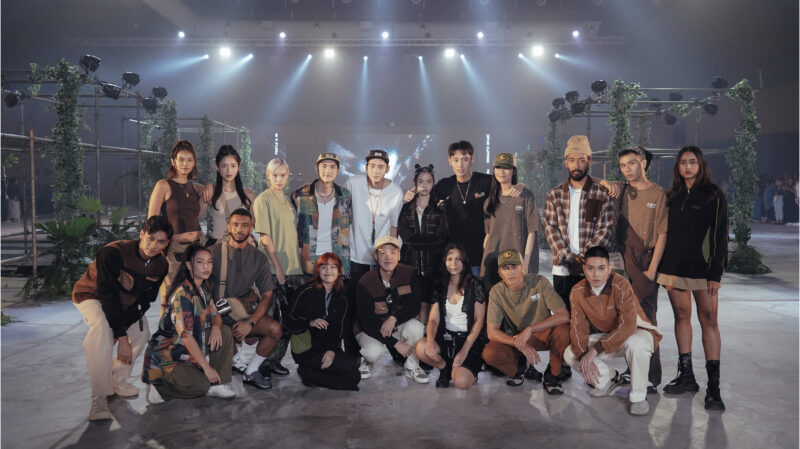
How do you clarify the key elements of the identity and the value behind?
Hugh: I would like to describe our brand as a storytelling brand. Essentially, apparel serves as our medium for narrating stories. The themes embedded in our clothing reflect narratives about Southeast Asia—its culture, heritage, experiences, and the diverse personalities from this region.
This serves as the primary source of inspiration for our designs. Our focus is distinctly on Southeast Asia, with a particular affinity for conveying stories through iconography. The graphic style we employ draws from the cultural richness of Malaysia and neighboring countries like Indonesia. We find inspiration in the shared cultural nuances that bind us with our neighbors.
At our core, we heavily emphasize graphics, making it one of our defining traits. While some of our items adopt a more minimalist style, what truly sets us apart is our unique graphic approach—the way we draw and illustrate things. This, I believe, distinguishes us from others in the industry.
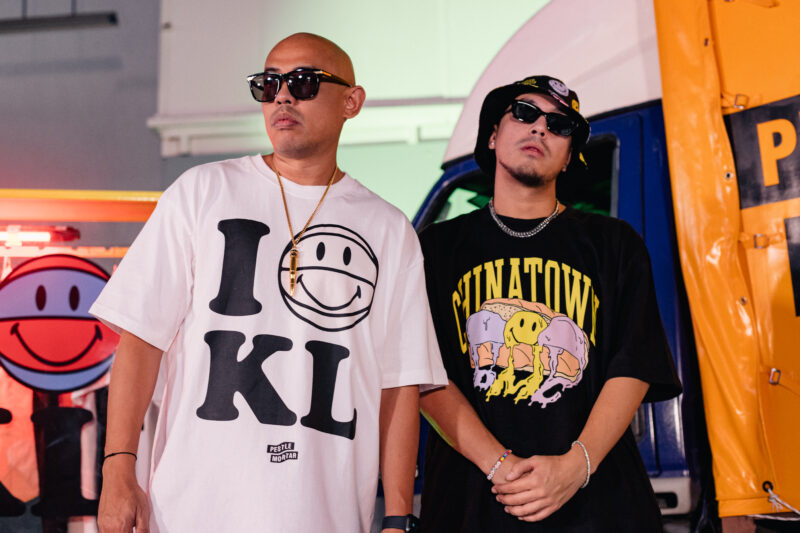
With your experience in market expansion in Southeast Asia, what do you think is the current trend of streetwear scene there and so you have any expectations for the future?
Hugh: Even for us, coming from Southeast Asia, football is something everyone resonates with; a lot of people watch football. So, it makes a lot of sense, but we’ve definitely seen that trend here. For example, [unclear] obviously utilizes jerseys as part of their style. So, for us, it’s like, ‘Okay, if jerseys are in, how do we make them our own?’ One thing we’ve been quite successful with is badminton.
Hugh: For us, ever since we started back in 2010, it has always been about being ourselves; we are our own consumers. So, a lot of times when we create or design, it’s for people like ourselves. Many ideas start with, ‘I’ve been wanting this type of clothes or this type of thing, let’s create it in our own way. How can we be unique? And how can we differentiate ourselves from the competition?’ So, that’s a big part of it.
Obviously, we’ve been in this business for 13 years now, and it’s not so much a passion project anymore. We have mouths to feed and other responsibilities, so we need to ensure the business is sustainable. We like to experiment quite a bit and use a lot of data.
We analyze past collections to see what worked. Often, we don’t bring back the same thing. We always approach it as if you don’t buy today, we will never make the item again. While we maintain a core collection in stock, like logo tees, a lot of the seasonal collections never feature the same design; we always try to change it up. This approach is somewhat derived from the data we analyze on what works.
Our team is not very big, about 18 people. The majority sit within creative or marketing. Even though we have a creative director, we involve everyone in the conversation and seek their ideas on how to improve. We also try to engage our community, involving VIP customers in the decision-making process, seeking their input before finalizing a collection.
Something I’m particularly excited about and looking forward to is what I just mentioned. We’re doing something for Christmas. While apparel is something we always have, I’m a big fan of collecting art, knick-knacks, like toys and small accessories. For Christmas this year, we’re running a campaign called ’12 Days of Christmas.’ It features 12 different items, all small and giftable, but not clothing. We’re doing accessories, drinking accessories, phone accessories—items we don’t normally produce. We wanted to change it up. Often, it’s about creating things we’d want for ourselves or to give to friends. The campaign will launch during Christmas, and we’re taking a unique approach, calling it ‘Ghetto Christmas.’ We’re working on a hip-hop song that will rap about the 12 days of Christmas and talk about the 12 products we’ll be selling or promoting.
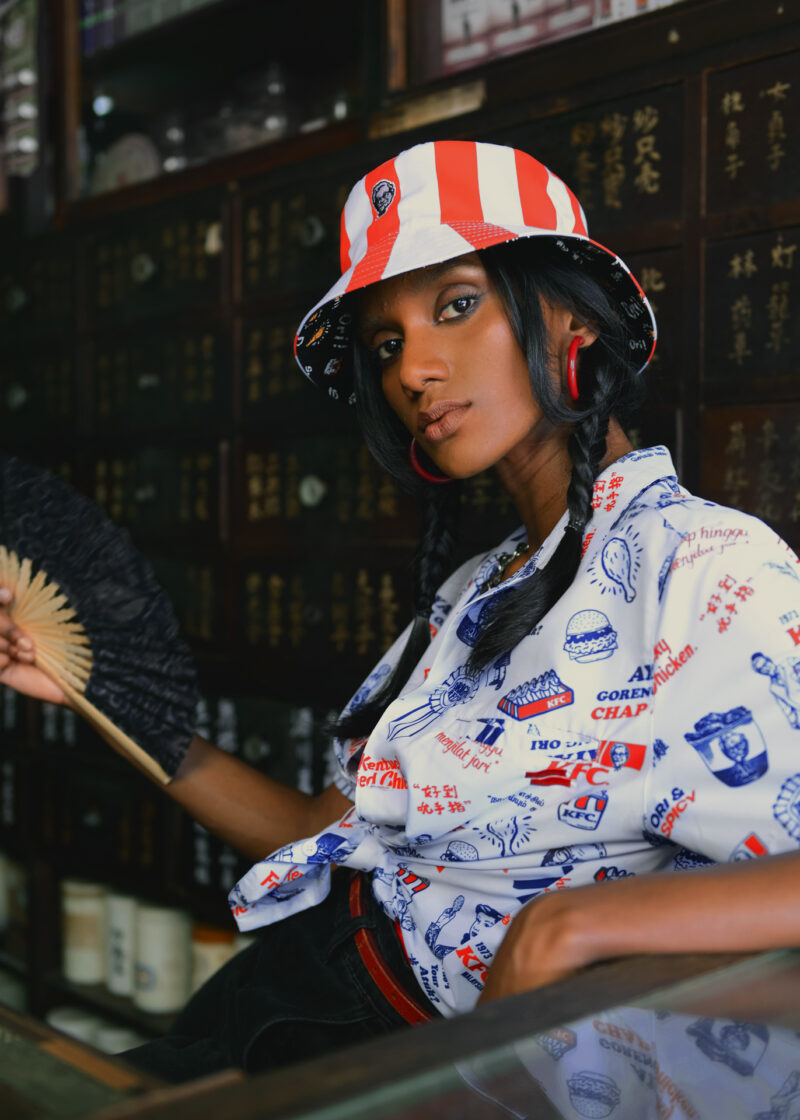
Is there any fashion culture or street culture history in Southeast Asia that you’d like more readers to be aware of ?
Hugh: To be honest, compared to Japan and obviously America and whatnot, Southeast Asia is still very early in its infancy. Like I said, for Malaysia alone, when we started back in 2010, there were maybe three or four local brands. Right now, there are so many more brands, obviously distributed, and even retail stores selling it. So, we’ve really seen that growth.
But what I’m actually seeing these days as well, which I’m really proud to see and experience, is that a lot of local designers are getting inspired by heritage and culture. Southeast Asia is so rich in culture, even in Malaysia itself. Obviously, I’m Chinese, but there are so many other diverse ethnicities in Malaysia. It’s somewhat like a melting pot of different cultures. So, what we’re actually seeing is that a lot of designers are getting inspired by cultural wear but making it their own interpretation, whether it be the type of materials or even dyeing techniques.
For example, batik, it’s a type of dyed fabric, and it’s significant in Malaysia and Indonesia. I’ve seen a lot of people use those types of details, whether it be on their apparel and whatnot. That’s great because there’s that heritage aspect to it and craftsmanship.
Even for us, we take different characteristics from traditional wear, like the Malay attire worn during New Year’s Day called “Baju Melayu.” There are certain characteristics of the form and the type of material, and we’ve been playing around with that. Even the sampin, which is part of Chinese traditional wear for men, we’ve incorporated that into jackets and other items.
So, I wouldn’t say that’s the so-called street culture per se. But that being said, I think in terms of respecting the culture and paying homage to it, we emphasize that in our designs.

Is there any big challenge that you’ve been through during the process of building your brand?
Hugh: A lot of challenges, and the journey has been, no doubt, very exciting, but with a lot of ups and downs as well. Especially right now, the landscape is moving so quickly; social media and the internet make people very well-informed.
For me as well, because, as I mentioned, I’m not like what I used to be back then when we started the brand. I was underground, I was at parties, I was going to launches. I don’t have that type of energy anymore. I see it; yeah, I guess priorities are a little bit different now—family. It’s very different these days. One way that I have overcome that is by having a younger team, a team that can be our eyes and ears. They are the ones on the ground, talking to people, listening to people.
So, I would say the landscape is moving extremely quickly, and it’s difficult to always stay up to date. We’re really trying to utilize that team. When I do have the time, obviously, I still try to get out. Secondly, I would think it would be also our customers. Many people assume they know their customers really well. One thing that we’ve realized is that there have been times where we kind of feel that the connection between us, the brand, and the customer has been lost. Something we’ve implemented as well is figuring out how we can stay in tune with our customers. How can we really know what they resonate with? That’s one reason why we love doing events; we do a lot of events and always invite our customers to connect and come out.
That’s obviously a great platform for myself and the rest of the team to connect with them, talk to them, and build a more intimate relationship. Not only to hear what they love but also what they hate and how we can improve. It’s something that we all think about and try to update on a yearly basis, with questionnaire phases and also connecting with them in person during events.
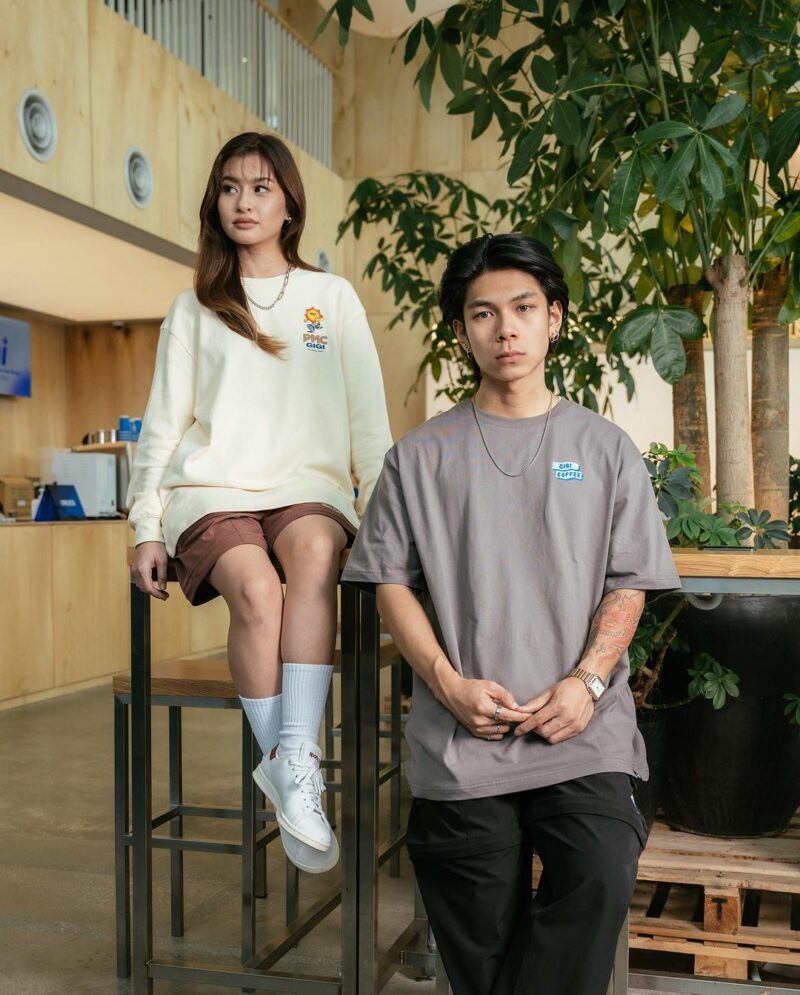
Do you have any advice for our readers for seeking to find a way to start their own brand or career in a fashion and streetwear industry?
Hugh: Trends are always there, and obviously, it’s very normal for brands to get inspired by trends. But the most important thing is to obviously do it your way. There are millions of brands out there. What’s really going to set you apart? Everyone follows the trends, but what’s really going to set your brand apart compared to other people? And that’s really like your story—how you tell your story through all the marketing material that you put out but also through your products, right? So, it’s really important to stress that you should be doing it your way. That’s the first thing.
Second of all, networking is important. Streetwear itself is a very close-knit community. Even for us, when we first got into it, Asians, in general, are a little bit more shy. So, actually going out there and obviously just speaking to people, you have nothing to lose. Once you do have a good network, you can really expand off that for awareness for the brand or even connections to retailers to retail your product, or even for media interviews like today.
Do it your way.
Text by Yiyao Zhang




